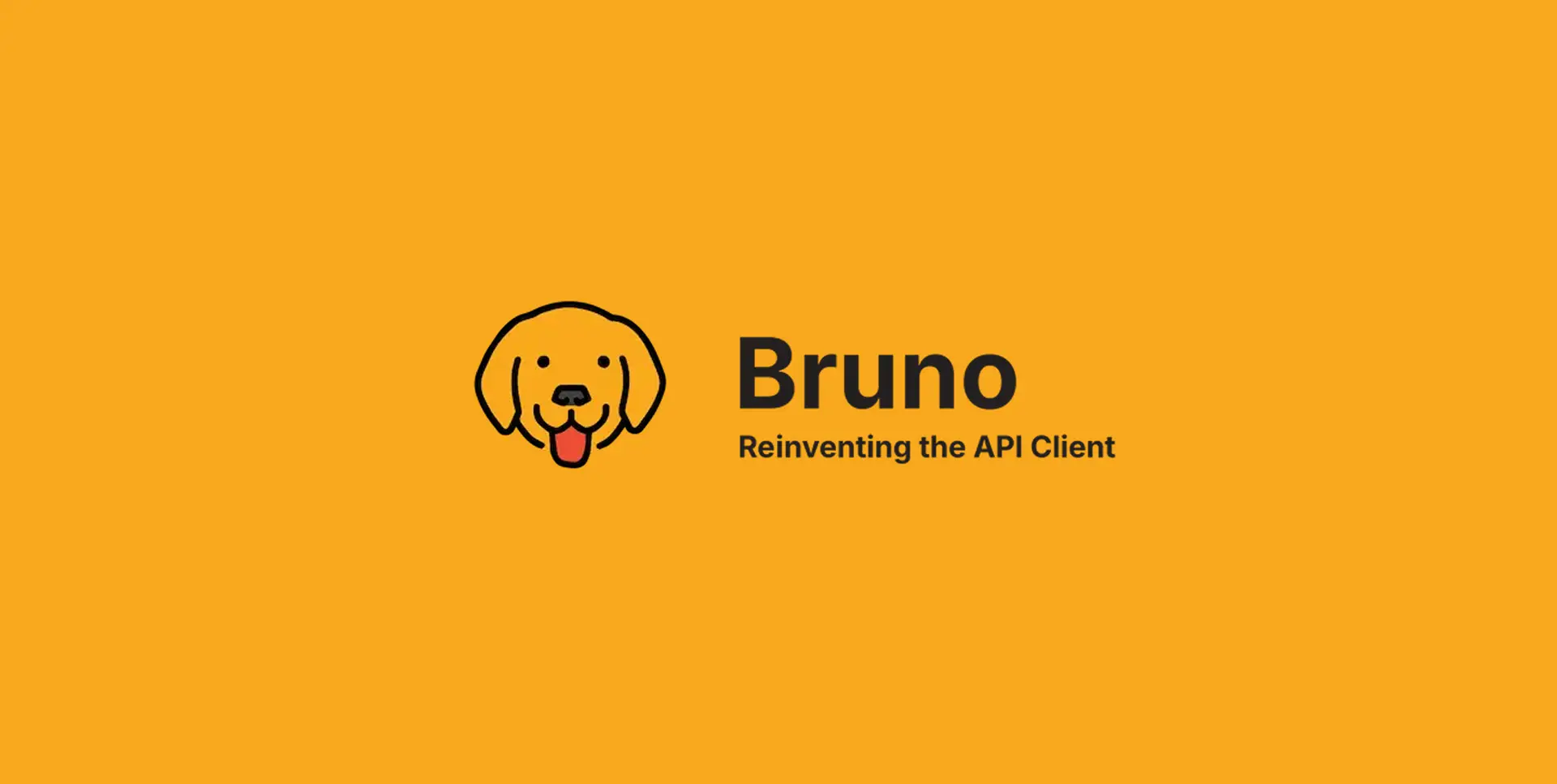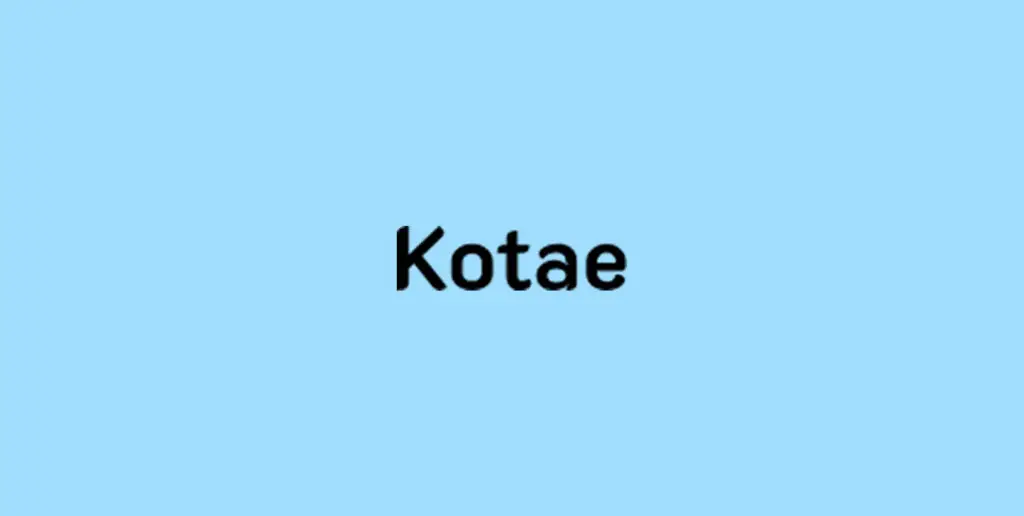
In a landscape dominated by cloud‑heavy tools, Bruno is rewriting the rules. Launched publicly on April 29, 2025, it ranked #3 on Product Hunt that day and #5 for the week. Bruno delivers a fully offline, open‑source API client built for developers and DevOps teams. These users are hungry for speed, privacy, and better version control.
Founded in 2021, Bruno operates from Austin, Texas, and Bangalore, India. The project raised $1 million in seed funding. However, it has not pursued additional venture capital. Instead, it thrives through sustainable, community‑driven growth.
Offline‑First, Git‑Native: Differentiators That Matter
Bruno’s filesystem‑backed design stores API collections locally. This bypasses the need for cloud storage entirely. Developers can place files directly within any project directory. This allows API definitions to live alongside code.
With native Git integration, pull requests can now include both code and API test definitions. Many monolithic API clients lack this feature. As a result, Bruno helps reduce context switching by up to 40%, according to early users. It also streamlines the versioning process by aligning API and code updates.
Flexible Interfaces for Every Workflow
Bruno supports three interfaces. It offers a graphical UI for fast exploration. A command‑line interface (CLI) supports scripting and CI pipelines. IDE extensions let users test APIs without switching tools.
In May 2025, version 2.3.0 launched. It introduced CLI OAuth2 support, OpenAPI imports, and improved scripting. Today, 60% of professional users rely on these capabilities in their daily routines.
Open‑Source Core, Golden Edition Upside
Bruno runs on the MIT license, keeping its core free and open source on GitHub. The team has created an integration ecosystem. It includes Homebrew, Chocolatey, Scoop, Snap, Flatpak, and Winget. With these, installation becomes a simple one‑liner on any system.
For collaborative teams, Bruno offers a paid Golden Edition. It’s designed with smaller teams in mind. This edition includes role‑based access, audit logs, and environment syncing. The open‑source base continues to power innovation through the community.
Traction and Community Momentum
Since launch, Bruno has partnered with Cursor, an AI test-generation platform. The community has grown rapidly. There are now over 2,000 active Discord users and 5,000 GitHub stars.
Monthly community calls attract more than 200 participants. These meetings help fuel a rapid development cycle, with updates released every two weeks. Bruno’s team ranges from 11 to 50 employees. They’re distributed evenly across the U.S. and India, providing around-the-clock development and support.
Why Bruno Matters Today
As microservices become the norm, developers juggle dozens of APIs. Traditional cloud clients introduce latency, security concerns, and versioning headaches. Bruno solves these issues. By storing data locally and integrating into Git workflows, it speeds up API testing.
In a beta program with 100 engineering teams, Bruno reduced API test cycle times by up to 50%. For QA engineers and DevOps teams, that translates to faster CI/CD workflows and stronger security.
Looking Ahead
Without VC demands, Bruno focuses on features developers truly want. Its roadmap includes more AI‑powered test generation, deeper IDE integration, and scaling Golden Edition for enterprise compliance.
As more developers seek open‑source, Git‑native tools, Bruno’s focus on speed, privacy, and community gives it an edge. It’s a compelling alternative to Postman and Insomnia. The journey continues on usebruno.com. There, developers can download the client or join the open‑source movement driving this next wave of API tooling.
Learn more at https://www.usebruno.com/ | Visit unirises.com to read more



